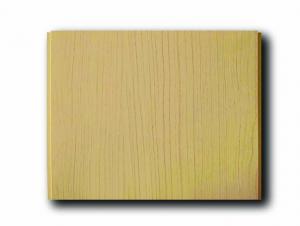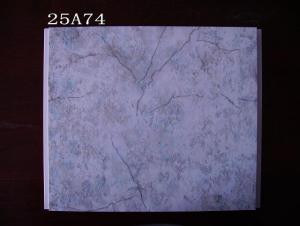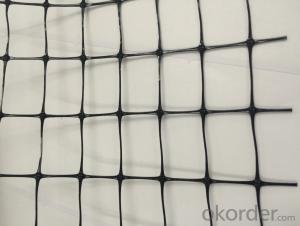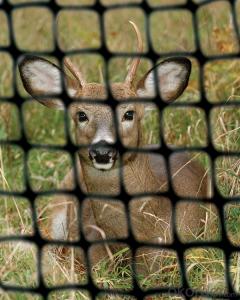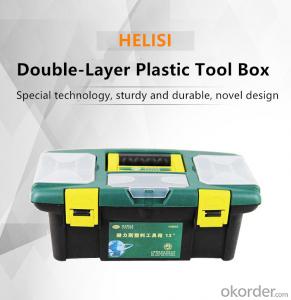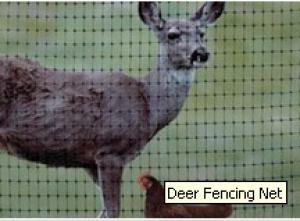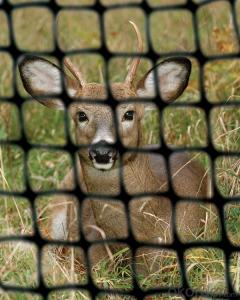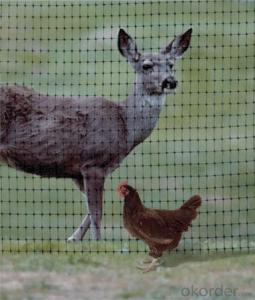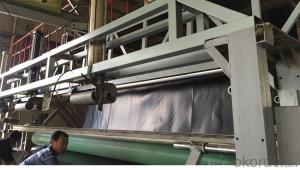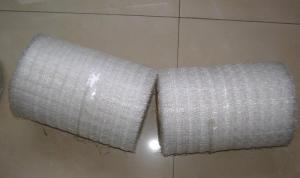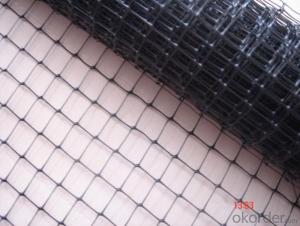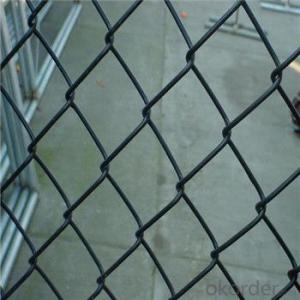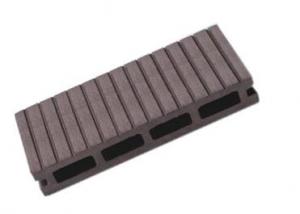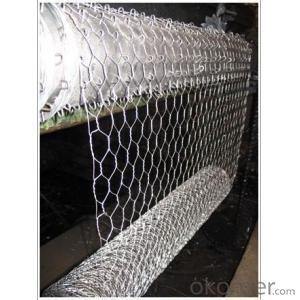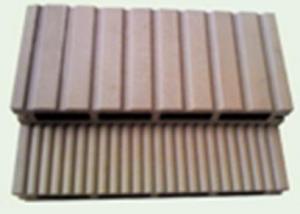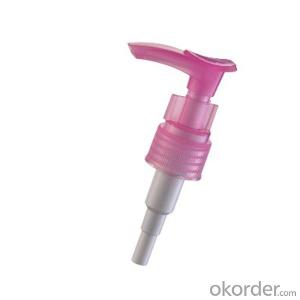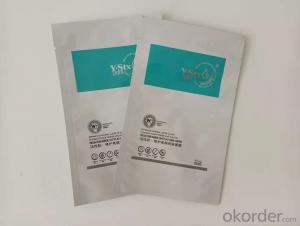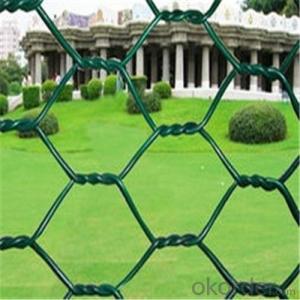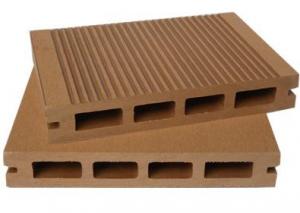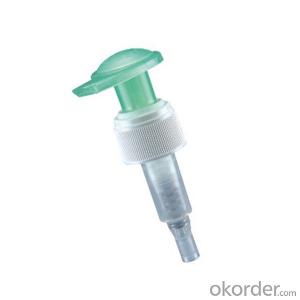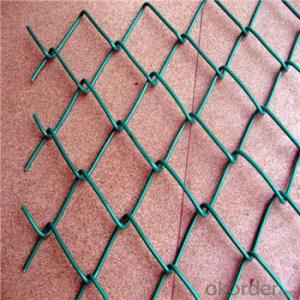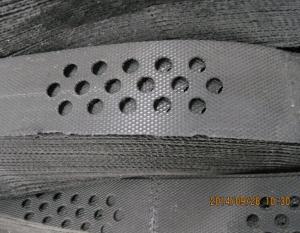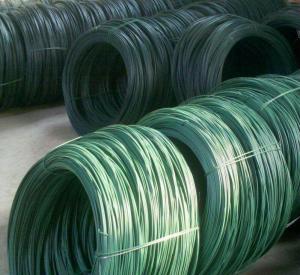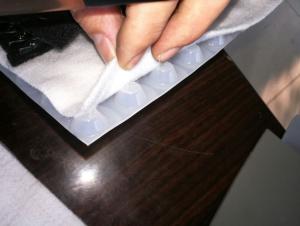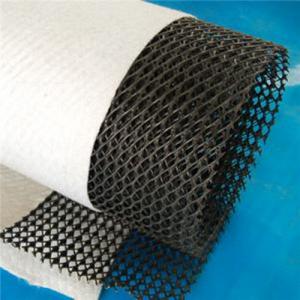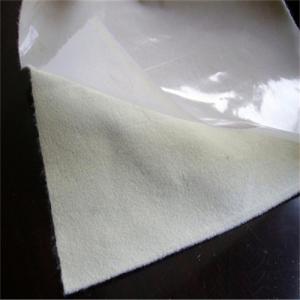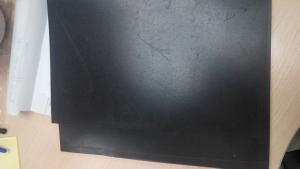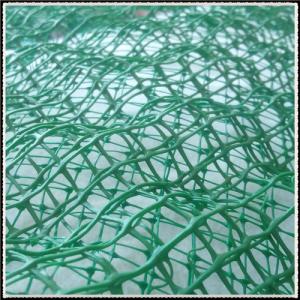Plastic Deer Netting
Plastic Deer Netting Related Searches
Primer For Galvanized Steel H S Code For Stainless Steel Wd 40 For Stainless Steel Spray Paint For Stainless Steel Drill Bits For Stainless Steel Sponge For Stainless Steel Caulking For Stainless Steel Steel Vessels For Kitchen Best Solar Inverter For Home Led Table Lamps For HomeHot Searches
Steel Mesh Panels For Sale Price For Stainless Steel Scrap Scrap Price For Stainless Steel Cheap High Tea Sets For Sale Stainless Steel Tanks For Sale High Density Fiberboard For Sale Solar Hot Water Collectors For Sale Scaffolding For Sale In Uae Scaffolding For Sale In Ireland Scaffolding For Sale In Houston Type Of Inverter For Solar Price Of Shipping Containers For Sale Stock Price For Aluminum Used Solar Inverter For Sale Portable Led Signs For Sale Stone Hot Water Bottles For Sale Large Led Screens For Sale Used Aluminum Scaffolding For Sale 1/4 Aluminum Plate For Sale Pvc Chairs For SalePlastic Deer Netting Supplier & Manufacturer from China
Okorder.com is a professional Plastic Deer Netting supplier & manufacturer, offers integrated one-stop services including real-time quoting and online cargo tracking. We are funded by CNBM Group, a Fortune 500 enterprise and the largest Plastic Deer Netting firm in China.Hot Products
FAQ
- Geosynthetic liners prevent seepage in fish ponds by creating a barrier between the water in the pond and the surrounding soil. These liners are made of impermeable materials, such as high-density polyethylene, that do not allow water to pass through. This prevents seepage of water from the pond, ensuring that the water level remains stable and prevents any potential contamination from the soil.
- Yes, there are several earthwork products specifically designed for agricultural projects. Some common examples include drainage tiles, erosion control blankets, silt fences, and contour plowing techniques. These products and techniques help improve soil health, prevent erosion, manage water flow, and enhance overall agricultural productivity.
- There are several types of earthwork products available in the market, including topsoil, fill dirt, gravel, sand, mulch, and decorative stones. Each of these products serves different purposes in construction, landscaping, or gardening projects.
- Earthwork products, such as retaining walls and erosion control blankets, play a crucial role in preventing erosion on riverbanks. Retaining walls provide stability and support, preventing soil and sediments from being washed away by the flowing water. They help to redirect the force of the river and reduce the impact of erosion. Erosion control blankets, on the other hand, act as a protective layer, preventing the direct impact of rainfall and runoff on the riverbank soil. These products together help to reinforce the riverbanks, minimize soil erosion, and maintain the ecological balance of the surrounding environment.
- Yes, earthwork products can be used in shoreline protection. These products, such as geotextiles, geogrids, and erosion control blankets, can help strengthen and stabilize shorelines, prevent erosion, and protect against water damage. These earthwork products are designed to withstand the forces of waves, tides, and currents, and are often used in coastal engineering projects to enhance shoreline resilience.
- Erosion control blankets play a crucial role in aiding revegetation efforts in earthwork applications by providing a protective layer over the soil. These blankets help to prevent soil erosion caused by wind and water, which can wash away seeds, seedlings, and topsoil. By reducing erosion, the blankets create a conducive environment for plant growth, allowing seeds to germinate and establish roots. Additionally, erosion control blankets can help retain moisture in the soil, promote nutrient availability, and protect young plants from extreme weather conditions. Overall, these blankets act as an effective erosion control measure, facilitating successful revegetation and promoting the establishment of a healthy and sustainable plant cover.
- Yes, earthwork products are commonly used and suitable for constructing bridge approach embankments. These products, such as soil, rock, and fill materials, are widely employed in the construction industry to build stable and durable embankments that support bridge approaches.
- Geotextiles offer several advantages in shoreline erosion control projects. Firstly, they provide effective stabilization by acting as a barrier against soil erosion and wave action. They can also promote vegetation growth, further enhancing stabilization and providing a natural habitat for coastal species. Geotextiles are durable, resistant to degradation, and can withstand harsh environmental conditions, ensuring long-term effectiveness. Additionally, they are cost-effective compared to traditional methods, as they require less maintenance and are easy to install. Overall, geotextiles offer an efficient and sustainable solution for shoreline erosion control projects.





